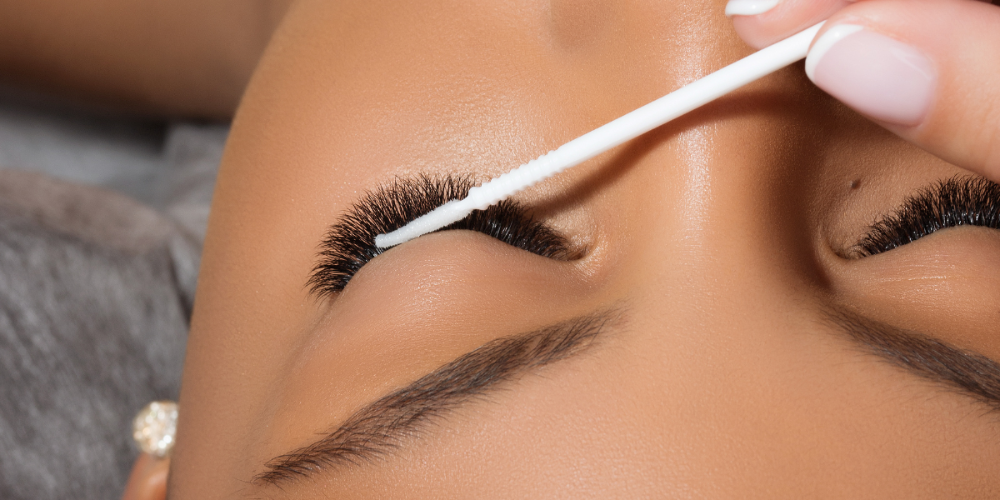Do Lash Lifts Damage Your Lashes?
Jaga
Since lash lifting has become as popular as eyelash extensions in the past two years, customers want to know more about its long-term impact on natural lashes. So we need lash artists to understand what happens inside lashes during the treatment for ourselves and to be able to explain this to customers. This is especially important to clarify if you cater to high-end customers who value quality over price!
The part of the treatment that determines how damaging it is for lashes is the range’s lifting lotion composition. All curling lotions have the exact working mechanism – the lotion penetrates the hair, breaks down the disulfide bonds, and is then neutralized by the fixing lotion. So it doesn’t matter if you take the most gentle or aggressive lifting lotion; the working mechanism is always the same.
The most significant difference comes from which ingredient is used to break the bonds. The two main components that achieve this are – ammonium thioglycolate and cysteamine, so let’s look closely at these ingredients.
Origin & safety
Ammonium thioglycolate is made from thioglycolic acid and ammonia – the chemical that’s used to clean toilets, car rims, etc. Thioglycolic acid and ammonia are such strong chemicals that they have to have the following warning symbols on them:
POISONOUS/DEADLY. This means that you can die if you swallow it.

CAUSTIC. This chemical can not touch the skin because it can burn or corrode organic tissue.

Cysteamine is made from cysteamine hydrochloride, and although it’s synthetically made, its chemical composition is identical to the cysteamine found naturally in human bodies.
The chemical formula of synthetic cysteamine.

Cysteamine biosynthesized in humans.

Lash Lift impact on lashes
Ammonium thioglycolate is an alkaline salt, and just like all salts, it can dehydrate lashes. However, there is a HUGE difference in the state of lashes after the curling stage, depending on how harsh or gentle its composition is.

With cysteamine-based lifting solutions, the question of how damaging they are becomes obsolete as they are nourishing for lashes instead! This means they not only pamper regular lashes but also restore the structure of VERY damaged (over-processed) lashes! When you work with cysteamine-based lifting solutions, you have a guarantee not to over-process customers’ lashes and safely rescue lashes that have been over-processed with harsh lifting lotions! How cool is that
Impact on nature
Ammonium thioglycolate is an alkaline salt, and just like all salts, it can dehydrate lashes. However, there is a HUGE difference in the state of lashes after the curling stage, depending on how harsh or gentle its composition is.

PRO TIP: There is a big difference between cysteamine-based lifting solutions and cysteamine added to the ammonium or ethanolamine base. A cysteamine-based lifting lotion does not contain ANY of these harsh chemicals and is called an “organic” or “plant-based” lash lift system.
Since using gentle products is becoming increasingly popular, multiple brands are trying to benefit from the trend by making their solutions appear more gentle without changing much of their composition. Simply replacing one ingredient with cysteamine and keeping other harsh chemicals does not give the benefits of cysteamine-based lifting lotion.
PRO TIP: Another marketing trick is saying that a particular lash lift system nourishes eyelashes since its steps after the lifting lotion include nourishing ingredients. Suppose the lifting solution itself is still damaging. In that case, adding nourishing ingredients to the following stages does not make the whole treatment pampering for natural lashes – it just reduces its harmful effect.
The critical differences between cysteamine-based and thioglycolate-based lash lift products are summed up in the following table:

This work is licensed under a Creative Commons Attribution-NonCommercial 4.0 International License.

